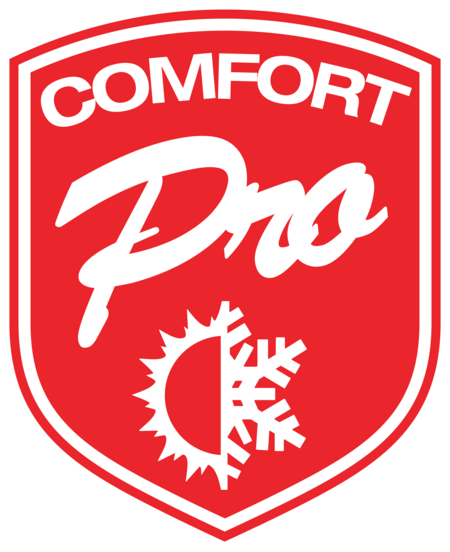When it comes to heating your home, two of the most common options are furnaces and heat pumps. Both systems can keep your family warm during chilly Canadian winters, but they work in very different ways and come with their own sets of advantages and trade-offs.
With more homeowners now considering energy efficiency and electrification, choosing between a furnace and a heat pump has never been more relevant. Let’s break down how each system works, their pros and cons, and which might be the best fit for your home.
How Furnaces Work
A furnace generates heat by burning fuel (natural gas, propane, or oil) or using electricity. The heat is then distributed through ductwork by a blower fan. Furnaces are a tried-and-true technology, and many Canadian homes already rely on them for dependable heating.
Pros of Furnaces:
- Powerful heat output: Furnaces excel in extremely cold climates, where they can generate consistent, high levels of warmth.
- Lower upfront cost: Furnaces are typically less expensive to install compared to heat pumps.
- Familiar technology: Most technicians are highly trained to maintain and repair them.
- Fuel flexibility: Options include natural gas, propane, oil, or electric furnaces.
Cons of Furnaces:
- Efficiency varies: While high-efficiency furnaces exist, they still consume fuel, which can mean higher long-term energy costs.
- No cooling capability: A furnace only provides heat, so you’ll need a separate air conditioning system for summer.
- Carbon emissions: Fossil fuel furnaces release greenhouse gases, which may be a concern for homeowners focused on sustainability.
How Heat Pumps Work
Unlike furnaces, heat pumps don’t generate heat; they transfer it. Even in cold weather, there’s warmth in the outdoor air. A heat pump extracts that heat and moves it indoors. In the summer, it works in reverse, acting as an air conditioner.
Pros of Heat Pumps:
- Energy efficiency: Heat pumps can deliver up to three times more energy than they consume, making them highly efficient.
- All-in-one system: Provides both heating and cooling, eliminating the need for a separate air conditioner.
- Electrification friendly: Runs on electricity, making it a greener choice as more power grids transition to renewable energy.
- Lower emissions: Great for reducing your home’s carbon footprint.
Cons of Heat Pumps:
- Higher upfront cost: Installation can be more expensive than a furnace.
- Performance in extreme cold: While modern cold-climate heat pumps perform well in winter, they may need backup heat in very frigid conditions.
- Electricity dependent: Heat pumps rely solely on electricity, which could be a downside in areas with high power costs or frequent outages.
Which Is Right for Your Home?
The choice between a furnace and a heat pump often comes down to your priorities and location.
- If you live in a region with harsh winters, a high-efficiency furnace may still be the most reliable option.
- If your goal is maximum efficiency and lower emissions, a heat pump, possibly paired with a backup furnace, may be ideal.
- If you’re interested in simplifying systems, a heat pump gives you heating and cooling in one unit.
Final Thoughts
There’s no one-size-fits-all answer when it comes to heat pumps versus furnaces. A furnace might win out on sheer heating power and upfront affordability, while a heat pump shines in efficiency, year-round versatility, and environmental friendliness.
At Comfort Pro, we can help you weigh the pros and cons for your specific home, budget, and comfort goals. Whether you’re considering upgrading your old furnace, switching to a heat pump, or even installing a hybrid system that combines both, our experts are here to guide you every step of the way.
Ready to explore your options? Contact Comfort Pro today for personalized advice on choosing the right heating system for your home.
